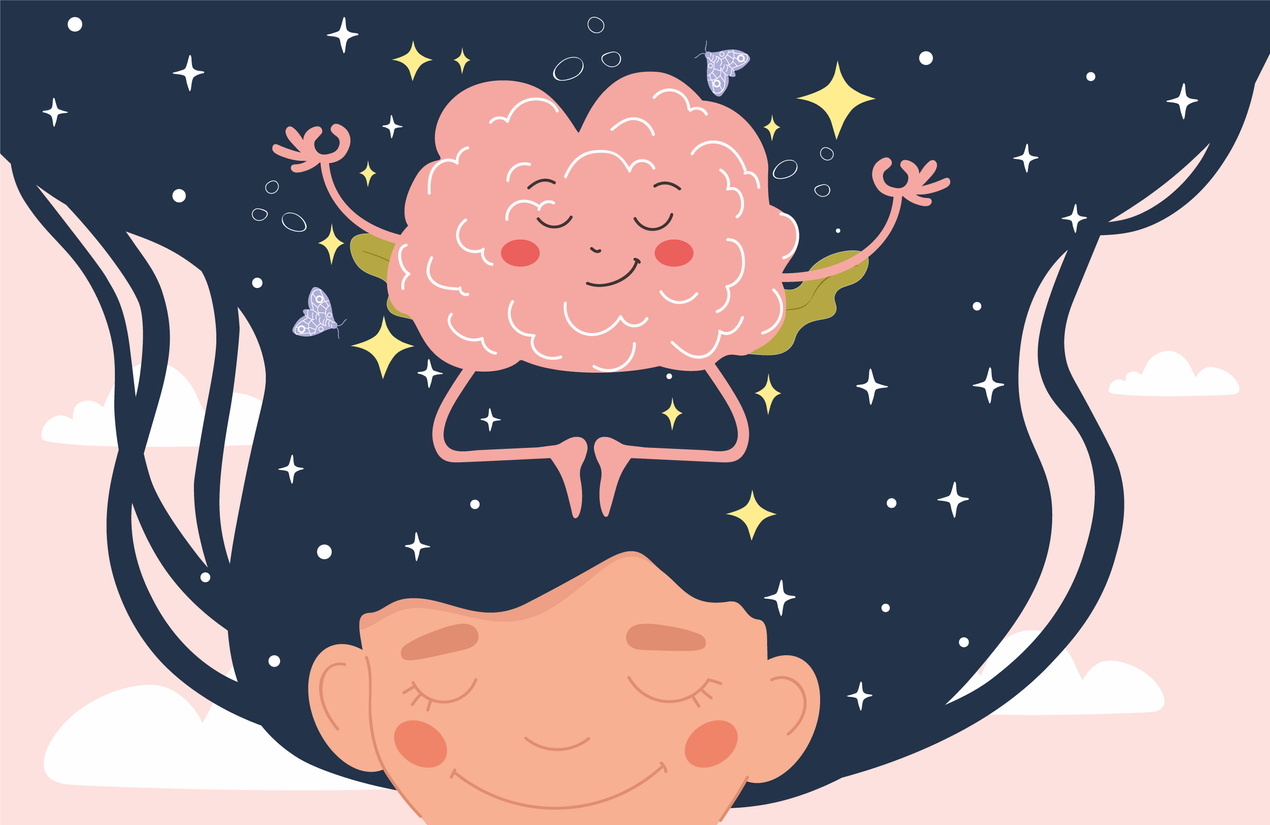Living with Chronic Pain
What Is Post-Traumatic Stress Disorder (PTSD)?

Post-traumatic stress disorder, or PTSD, is a mental health condition that is triggered by experiencing or witnessing a traumatic event. The triggering event can be shocking, scary, dangerous or life-threatening. Examples of events that can lead to PTSD include, but are not limited to, natural disasters, assault or abuse of any kind, military combat, neglect, accidents, crimes, severe injuries, or witnessing violence or terrorism.
Experiencing stress during and after a traumatic event is normal. Approximately one in three people who experience severe trauma will develop PTSD, and 7-8% of the U.S. population will deal with PTSD at some point during their lives.
What are the symptoms of PTSD?
PTSD symptoms are categorized into four types: intrusive memories, avoidance, arousal and reactivity, and negative changes in thinking and mood.
Intrusive memories
- Recurring memories of the event
- Flashbacks (reliving the event as if it is happening again)
- Upsetting dreams or nightmares about the event
- Emotional or physical distress in reaction to things that remind one of the event
Avoidance
- Avoidance of thinking or talking about the event
- Avoidance of anything that reminds one of the event (people, places or activities)
Arousal and reactivity
- Easily startled or frightened
- Trouble concentrating
- Trouble sleeping
- Always feeling tense or on edge
- Self-destructive behavior (e.g., excessive drinking, reckless driving, etc.)
- Irritability, angry outbursts, or aggressive behavior
- Feelings of shame or guilt
Negative changes in thinking and mood
- Memory problems, including blocking specific memories of the trauma
- Hopeless about the future
- Negative thoughts about oneself, others and the world
- Difficulties maintaining close relationships
- Feeling detached from family and friends
- Lack of interest in activities that were previously enjoyed
- Difficulty experiencing positive emotions
- Feeling emotionally numb
PTSD symptoms often start within one month of the traumatic event; however, in some cases, symptoms may not occur until years later. Symptoms may come and go over time. They are often worse when stress is a factor or reminders of the traumatic event are present.
What are the risk factors of developing PTSD?
Anyone at any age can develop PTSD. Females are more than two times as likely to develop the condition than males. Other factors that may increase the risk of developing PTSD include:
- Exposure to an intense or long-lasting traumatic event
- Traumatic experience(s) earlier in life
- Issues with substance abuse or excessive drinking
- Pre-existing mental health conditions, such as anxiety or depression
- Jobs that increase the risk of exposure to traumatic events
- Lack of support from family and friends
- A family history of mental health conditions
Anyone who experiences at least one symptom from each of the four types of PTSD symptoms for more than one month (if at least three months have passed since the traumatic event) should seek professional assistance. Treatment can help prevent PTSD symptoms from worsening.


















